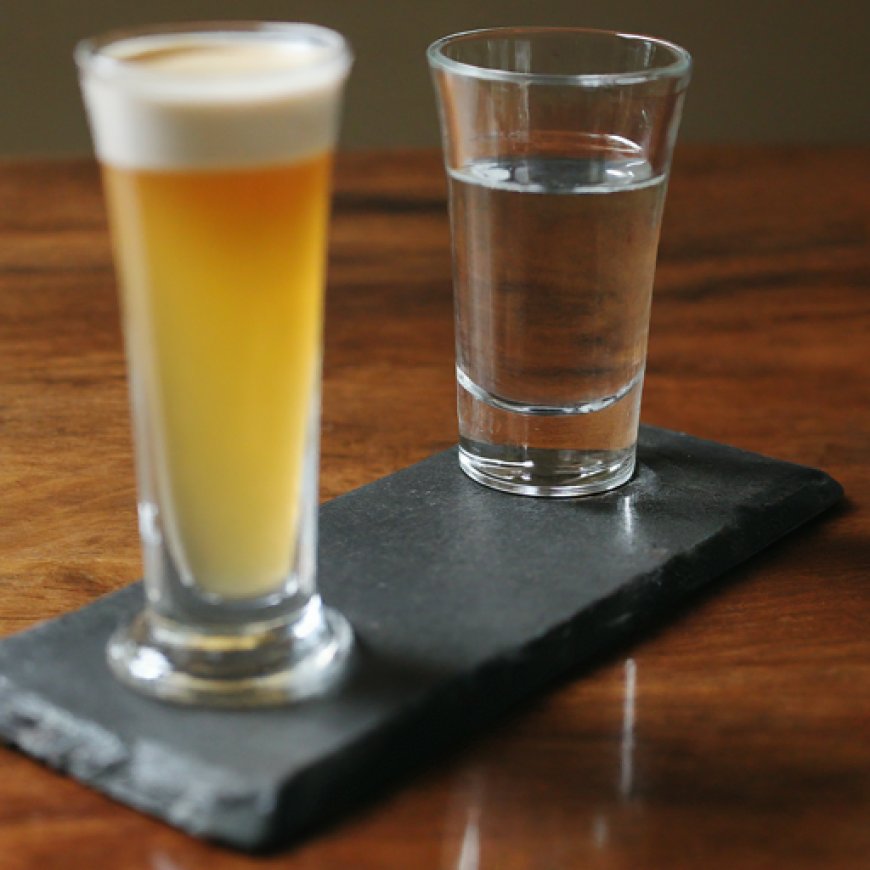Rum and Cachaça: Exploring Two Iconic Spirits
Rum and cachaça, both made from sugarcane, offer unique flavors and histories. Rum is versatile with sweet or spiced notes, while cachaça, Brazil’s spirit, is earthy and fresh. Explore their distinct profiles in cocktails!

When it comes to tropical spirits, rum and cachaça are two of the most iconic drinks in the world. Both are made from sugarcane, but they have distinct flavors, production processes, and histories that make them unique. Whether you're a cocktail enthusiast or just curious about these delicious spirits, here’s a user-friendly guide to understanding the differences and similarities between rum and cachaça.
What is Rum?
Rum is a distilled alcoholic beverage made from sugarcane by-products, such as molasses or sugarcane juice. It originated in the Caribbean but is now produced worldwide, particularly in countries like Jamaica, Puerto Rico, and Barbados. Rum comes in various types, each with its own flavor profile:
-
White Rum: Light and subtle, often used in cocktails like the Mojito or Daiquiri.
-
Gold Rum: Aged longer than white rum, giving it a richer, smoother taste.
-
Dark Rum: Known for its deep, molasses-rich flavor and used in stronger cocktails or enjoyed neat.
-
Spiced Rum: Flavored with spices such as cinnamon or vanilla, adding complexity to the taste.
What is Cachaça?
Cachaça is a Brazilian spirit made specifically from fresh sugarcane juice, which gives it a distinct grassy and earthy flavor. Often referred to as "Brazilian rum," cachaça is the key ingredient in Brazil’s national cocktail, the Caipirinha.
While it shares some similarities with rum, cachaça has its own identity. There are two main types of cachaça:
-
Unaged (Branca): Clear and often bottled straight after distillation. It has a strong, grassy flavor and is typically used in cocktails.
-
Aged (Amarela): Stored in wooden barrels for a richer, more complex flavor. The wood used in aging cachaça can vary, giving each brand its own unique taste.
Rum vs. Cachaça: Key Differences
-
Base Ingredient:
-
Rum is often made from molasses, a by-product of sugar production.
-
Cachaça is always made from fresh sugarcane juice, which gives it a more vegetal, earthy taste.
-
Production Process:
-
Rum can be produced in various countries, and the production methods vary. Some rums are distilled in pot stills, while others use column stills.
-
Cachaça is produced almost exclusively in Brazil and follows a strict process regulated by the government.
-
Flavor Profile:
-
Rum tends to be sweet and caramel-like, especially if it's made from molasses.
-
Cachaça has a more herbal, fresh flavor because of its sugarcane juice base, with notes of grass, fruit, and spice.
-
Cultural Origins:
-
Rum has strong ties to Caribbean and colonial history. Pirates, sailors, and naval officers are part of its colorful past.
-
Cachaça is deeply embedded in Brazilian culture and is celebrated every year on Cachaça Day (September 13).
How to Enjoy Rum and Cachaça
Both spirits are incredibly versatile and can be enjoyed in a variety of ways, from sipping neat to mixing into cocktails. Here are a couple of famous cocktails for each:
Classic Rum Cocktails:
-
Mojito: A refreshing blend of white rum, lime, mint, sugar, and soda water.
-
Pina Colada: A tropical favorite made with rum, coconut cream, and pineapple juice.
-
Rum Punch: A fruity, crowd-pleasing drink made with rum, citrus, and grenadine.
Classic Cachaça Cocktail:
-
Caipirinha: Brazil’s national drink. Made with cachaça, fresh lime, sugar, and ice. It’s simple yet packed with flavor.
Final Thoughts
Rum and cachaça may share a sugarcane origin, but their flavors, production methods, and cultural significance set them apart. Whether you prefer the sweet and smooth taste of rum or the earthy, bold character of cachaça, both are wonderful choices for mixing up exciting cocktails or sipping on a warm, tropical evening. Next time you're at a bar or planning a party, why not try both and see which one you prefer? Cheers!












